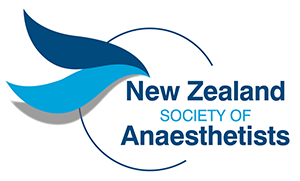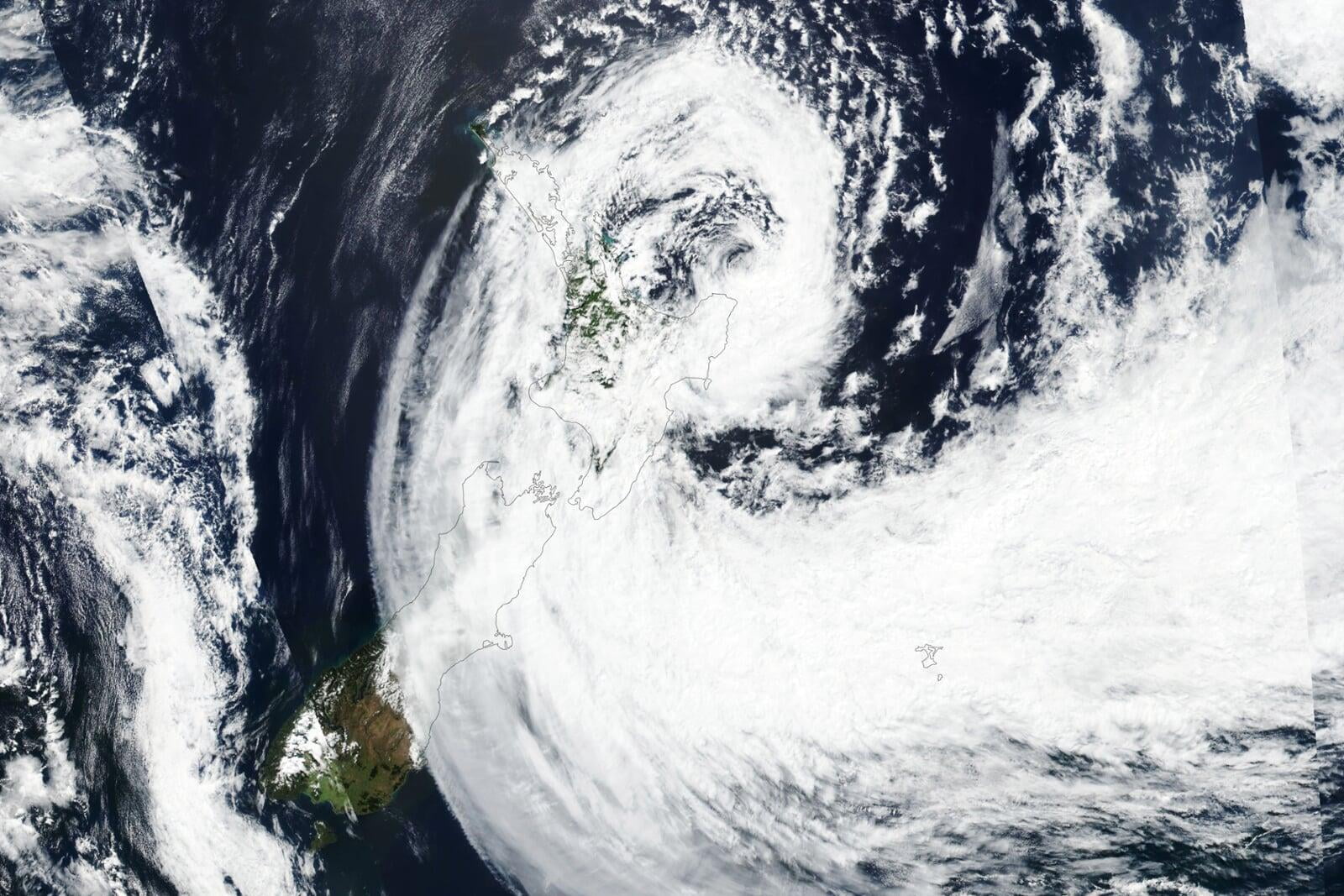How to suffer the loses

November 2021
My final blog of the year, and once again I find myself thinking where on earth did this year go? I have jobs on my job list from the end of last year still waiting to be done! I have been doing some work over the last few months with a professional coach and one area we have been looking at is how to ‘suffer the losses’ – accepting what you cannot do and learning to live with disappointing others. There are only so many hours in the day and it is clear to me that medical leadership will take all the time you are prepared to give it, and more, so you must have a strategy for managing this (I say this more in relation to my leadership role within my DHB rather than the NZSA, but it all adds up).
It’s easy to say no to those things you don’t want to do; the challenging aspect is saying no to things you really want to do but just don’t have the time to do justice to. An example of this was my role as co-convenor of the NZSA ASA Combined Scientific Congress 2022 – having been in this role since 2016 it was hard to let it go without seeing it through to the end, however, I have had to accept that that is one thing I cannot commit the time to over the coming year. There is an excellent organising committee in place, ably led by Mark Featherston. I look forward to attending what will be a fabulous meeting in October next year.
It would be remiss not to mention COVID – it is such a prominent feature in all of our lives. Thank you to Auckland and Waikato for doing the hard mahi so far. Jacinda was on the news this week promising you will be able to travel for the holidays. Fingers crossed. For those of us outside of Auckland and Waikato, it feels like we are just waiting for COVID to arrive, somewhat anxious about what it will look like when it does. Thankfully, in my DHB at least, there has been a real change of direction. We are now resilience planning, aiming to manage endemic COVID rather than just a surge, and with this has come some real time devoted to this planning. Whatever you think of the Government’s strategy it has afforded us the the time to get prepared, and reach high levels of vaccination rates.
The MOH mandate announced on 11 October that all health and disability sector workers must be fully vaccinated by 1 January 2022 has caused a great deal of unease for a number of kiwis. The New Zealand Doctors Stand Up for Vaccination (https://www.doctors-stand-up-for-vaccination.com) was initiated in response to the high volume of antivax misinformation being circulated on social media. Our own VP Morgan Edwards has amassed a huge following on instagram attempting to provide accurate and concise answers to questions that many have regarding COVID vaccination. Clearly there are some that will oppose vaccination irrespective of the evidence/greater need, but there are many who are just concerned, scared, or overwhelmed with the amount of information coming their way. And what about patients who are not vaccinated? We are compelled to provide acute and emergent care, but can/should we refuse elective treatment? The New Zealand Orthopaedic Association recently released a statement to its members advising ‘In our opinion Orthopaedic surgeons in private should not be compelled to see an unvaccinated patient. Health practitioners can decline to accept referrals.’ I suspect there will be more to follow as health professionals strive to keep themselves safe from COVID. A position from the MOH or regulatory bodies will likely be necessary to ensure fair and equitable treatment for our patients.
It’s important that as professionals we embrace the concept of manakitanga when engaging in these discussions and show love and compassion; the alternative will not be helpful in the overall goal of combating COVID in NZ.
Now for some more specific NZSA business: webAIRs. We recently conducted a survey on the usefulness of this tripartite web based Anaesthesia Incident Reporting System. We only recieved 89 responses to this survey, quite a contrast to the almost 300 we received for the survey on the End of Life Choice Act (which came into effect over the weekend). Yet, it still provided some valuable information on reasons why the NZSA should continue to support the reporting system and current barriers for use as targets for improvement. There is likely to be some changes to the management of the system as Dr Culwick, Martin, who has been the medical director since its inception, plans to retire. We must decide if this is core business of the NZSA and if we will continue to support it. Of note, we are the only specialty in NZ to have a specific incident monitoring system for adverse events – this is a feather in our cap when it comes to advocating for our specialty at the ministry level. The big question of course is how can we make it more useful for our members? Feedback and closing the loop (along with making the interface more user friendly) seem big ticket improvements we can make. The use of the bowtie analysis to present data, if at first a little abstract, seems to be a way the data can be consistently represented in a useful way. If, like me, the bowtie analysis is new to you, here is a brief video and a more comprehensive review article to help familiarise yourself with this means of data presentation:
Article: The Bowtie diagram: a simple tool for analysis and planning… : Current Opinion in Anesthesiology (lww.com)
Video: https://cdn-links.lww.com/permalink/coan/a/coan_2020_09_17_culwick_aco330614_sdc1.mp4
There was also a very good presentation at the ANZCA ASM; for those registered you can still view the content on demand: WebAIRS incident reporting – new concepts using incident analysis to improve safety and quality: OnDemand.
I’ll leave you with well wishes for the summer, let’s hope that I can ruminate on some good news in my first blog of 2022 – the successful mitigation of COVID, exciting plans for the health reforms, continued growth of the NZSA due to all of you who are committed to the anaesthesia profession.



